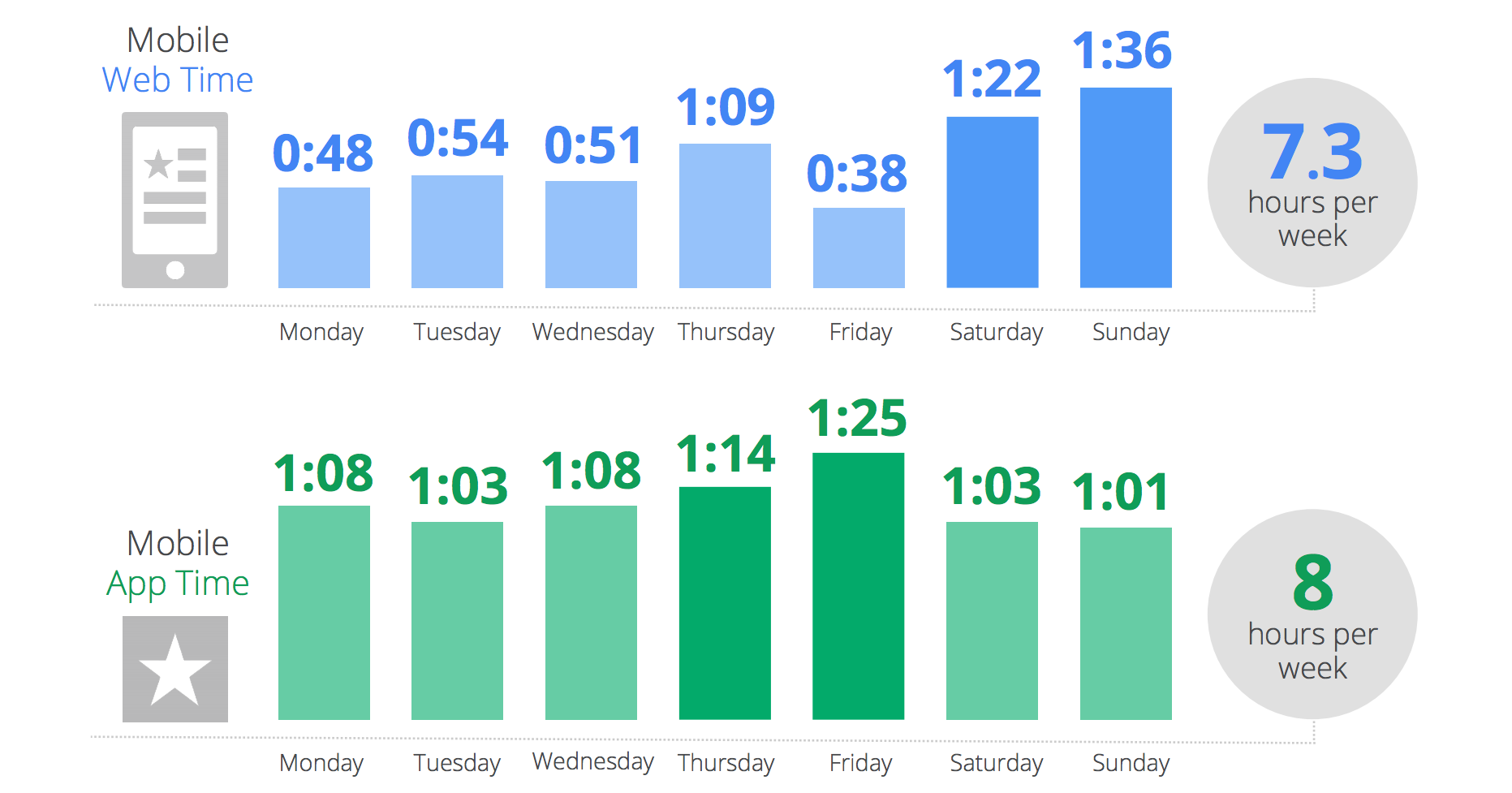Relying on instincts is a natural habit in many aspects of business. However, when it comes to advertising and driving revenue decisions based on intuitions is a bad idea.
As per PwC research, “Highly data-driven companies are three times more likely to report significant improvement in making big decisions, but only 1 in 3 executives say their organisation is highly data-driven.” Yet, “62% of executives still rely more on experience and advice than data to make decisions.”
In the same way, many marketers still depend on experience and advice when they plan and manage campaigns. Yet, when it comes to growth, a marketing plan backed by data can ensure every investment works smarter.
If you want to increase revenue, effectiveness and get maximum output from minimum input, it requires strategy. Thus, as digital marketers, we find ourselves asking questions like:
- Is it possible to organize data and use it to make better decisions?
- How can we discover, interpret, and communicate meaningful patterns in our data?
- How can marketing and advertising be more accountable to our revenue goals?
These are all important questions. So, let’s start with an example of how data-driven decisions can power smart marketing.
The power of data intelligence
Red Lobster, an American seafood chain restaurant, according to Bain & Company,“recognized that there is an opportunity to engage with customers on their phones in ways that just aren’t possible with other media, even other digital media. Brands can create an intimate connection, reaching consumers at the precise instant when they are ready to shop—and to buy. Marketers like to call this narrow window, when a consumer is primed to make a decision and take action, a micro-moment.”

They analyzed the mobile behavior of their customers and found that “60% of the traffic on their website happens during the dinner hours of 3:00 to 6:00 p.m,” according to Matt Lawson, Director of Marketing, Performance Ads at Google.
“They recognised that this was a huge opportunity to drive new growth, if they could be there to deliver what their customers needed in these moments. Acting on this insight, they targeted mobile customers in those I-want-to-go moments when they were close to a restaurant during prime dinner hours.”
The results of leveraging this kind of data were profound. Lawson reports that “[t]hey found that mobile users who saw a Red Lobster ad on their devices were 31% more likely than those who didn’t see an ad to visit a restaurant the same day, and 17% more likely to do so the next day.”
Red Lobster utilized mobile marketing and data intelligence to achieve business objectives and increase awareness and sales in key geographical areas.
Smart marketing with data intelligence
So how can you use use data intelligence and technology to ensure your marketing strategy delivers on your goals?
The approach may vary, but every marketer can optimize their digital investment by keeping the following tips in mind.
1. Analyze customer footprints
“As customers walk through a physical store or surf through a web-store, they’re in search of goods and services they need. The ease of the journey they take defines how successful they’ll be in their pursuit.” This journey leaves a footprint.
The first step is to “scientifically monitor [the] footprint of hundreds of customers as they move (surf) across the store, add goods to their shopping carts all the way up to goods which are finally bought by them.”
Customers, in this way, can be your best search engine. If you collect data and pay attention, they will tell you what they want, when they want it, and the steps they had to take in order to find it.
The success of your marketing endeavors depends on your ability to analyze and interpret these digital footprints. This kind of data can help you predict future buying behavior and inform your marketing strategy.
2. Dig into your data
Once you have collected data that is specific to customer behavior and needs, it’s time to harness it. Quality and actionable data is a competitive advantage. CMO.com reports, “Marketing data and analytics users are 57% more effective at increasing their productivity with integrated marketing technologies.”
This data is derived from the marketing technology you use. According to Cleve Gibbon, CTO at Cognifid, marketing technology is “[t]echnology used by marketers to facilitate customer online journeys.”

The technology you use will capture important data. And it seems overwhelming because there are thousands of “technologies” on the market. Gibbon explains, “There are SEO tools for evaluating sites pages, writing SEO friendly copy and performing realtime keyword research. And even more niche acquisition-based technology to support affiliate marketing, PPC, online ads and sponsorship. Then you have applications that aid in content creation, landing page optimisation, merchandising, usability and analytics.”
“Not to mention retention and growth tools that focus on personalisation, loyalty programmes, email marketing and customer management. Today, we are marketing technology rich.”
3. Measure impact
In a new multi-screen world, it is hard to conclude which screen interactions produce sales if you’re not tracking certain metrics. “From smartphones and tablets to laptops and television, 90% of all media interactions today are screen-based,” Think With Google explains.
For example, “Consumers spend more than 15 hours per week on mobile research,” when searching for products. A whopping 93% of people who used mobile to conduct product research went on to make a purchase. Yet, only 17% purchase directly on their mobile phone.

Instead of relying on last click attribution model (i.e., where the “last click” is given credit for a sale or conversion), track the customer journey and its impact on the purchase funnel. In the earlier example, it would be a mistake to assume that the same shoppers who researched your products on mobile, made their final purchase via mobile.
This kind of data is important to your overall marketing strategy. Where customers are making their final purchase, and how they got there is essential. This data will help you save money and reach people during their journey.
Final thoughts
With the advent of programmatic advertising, mobile ad technology, and dynamic improvements every industry is becoming more consumer centric. Strategies and decisions based on data are a sure shot way to make marketing more accountable and connect with consumers in a meaningful way.
This article has been edited.
Neelam Birthare is a Content Marketer at MobiVisits, a programmatic mobile advertising platform. She is exposed to varied facets of digital marketing, mobile ad technology, and the latest trends that change the way modern marketers advertise. In her free time, she likes to read and write on topics related to programmatic, RTB, branding, and mobile advertising. Connect with @mobivisitsdsp on Twitter.
© YFS Magazine. All Rights Reserved. Copying prohibited. All material is protected by U.S. and international copyright laws. Unauthorized reproduction or distribution of this material is prohibited. Sharing of this material under Attribution-NonCommercial-NoDerivatives 4.0 International terms, listed here, is permitted.












